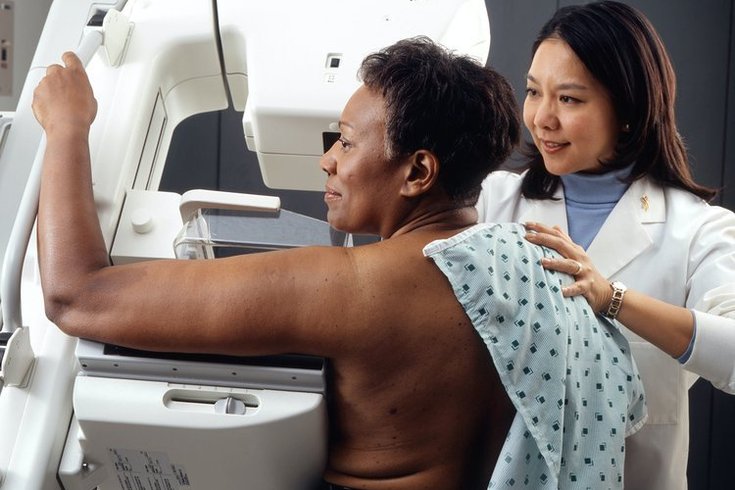
October 01, 2024
 National Cancer Institute/Unsplash
National Cancer Institute/Unsplash
Though Black women are less likely to get breast cancer than white women, they are nearly four times more likely to die from it, a report from the American Cancer Society shows.
Breast cancer diagnoses are still rising in women under 50, but death rates have dropped by 44% since 1989, a new report shows.
An estimated 519,000 deaths were averted in that time, data released Tuesday by the American Cancer Society shows. But the organization's latest Breast Cancer Facts and Figure report, produced every two years, indicates that overall breast cancer incidence rose by 1% a year between 2012 and 2021, with an even greater annual increase of 1.4% among women under 50. Asian Americans and Pacific Islanders saw an even steeper annual increase of 2.5% to 2.7%.
Though overall breast cancer mortality rates continue to decline, the death rates for Native Americans and Alaska Natives have stayed the same over the past 30 years. And despite a 5% overall lower incidence of breast cancer, Black women continue to have a 38% higher breast cancer mortality rate than white women due to later diagnosis and less access to high-quality treatment, according to the report.
"These gaps need to be rectified through systematic efforts to ensure access to high-quality screening and treatment for every woman," Dr. William Dahut, chief scientific officer at the American Cancer Society, said in a news release.
Breast cancer is the leading cause of death for Hispanic women and the most common cancer among women in the United States, except for skin cancer. In 2024, an estimated 310,720 new cases of invasive breast cancer will be diagnosed in women, and approximately 42,250 women are expected to die from the disease. Breast cancer is rare in men, but 2,790 men will be diagnosed with breast cancer, and 530 men will die from the disease this year, according ACS data.
Future progress toward reducing breast cancer deaths "may be thwarted by increasing incidence, especially among younger women, and consequences of the COVID-19 pandemic, such as delayed diagnosis due to interruptions in screening," Angela Giaquinto, an ACS researcher and the study's lead author, said in a release.
Other significant findings from the study showed that:
• Black women have lower survival rates than white women for every breast cancer subtype and stage of diagnosis except localized disease, with which they are 10% less likely to be diagnosed (58% versus 68%).
• Native American and Alaska Native women have 10% lower breast cancer incidence than white women, but 6% higher mortality, and only 51% of Native American and Alaska Native women 40 or older had a mammogram in the past two years compared to 68% of white women.
• Breast cancer in women under 50 has increased in Asian American and Pacific Islander women by 50% since 2000, tying white women for the highest rate among racial and ethnic demographic groups (both 86 per 100,000).
If passed, congressional legislation would reauthorize federal funding for breast and cervical cancer screening, diagnostic and treatment services for low-income, uninsured or underinsured people throughout the country.
To address ongoing cancer disparities in Black women, the ACS launched the VOICES of Black Women in May – a massive study that will survey 100,000 Black women over 30 years.
For the current report, researchers analyzed population-based data from the National Cancer Institute's Surveillance, Epidemiology and End Results program, the Centers for Disease Control and Prevention's National Program of Cancer Registries and the National Center for Health Statistics.